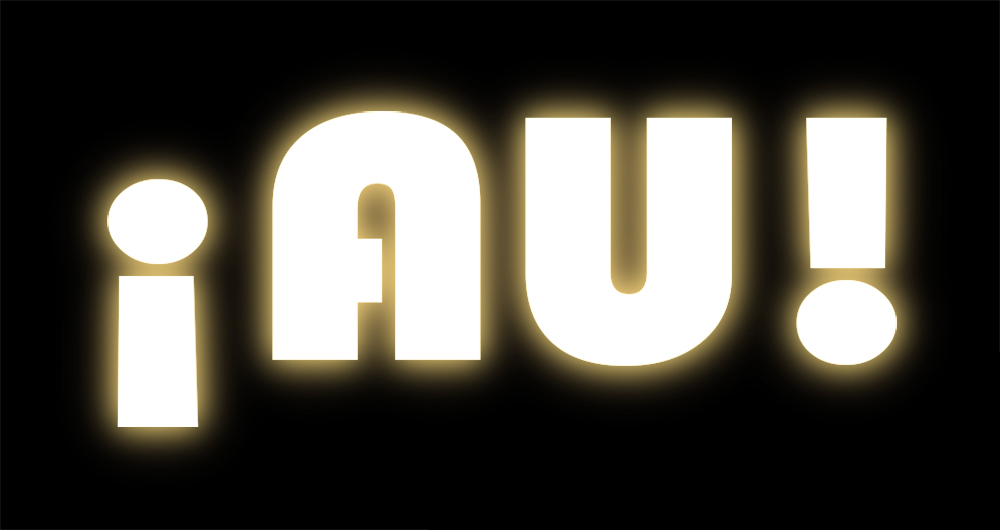“Any classificatory system that has discrete categories contains monsters. Basically, anything that lies across or between categories is a category breaker – and that’s all a monster is.”
Which may make¡AU!’s Monster Lab itself a monster. Monster Lab is our new event series that gives creatives and fans a space to come together and explore what bad guys can teach us about creative process and being human. It’s a category breaker – not your typical media education initiative, but not a place for mere fandom fluff either. In fact, Monster Lab isn’t even that sure who the Monsters are – is it Kong who is the monster? Or is it the wretched little people trying to make money out of him?
Historian Surekha Davies, who joined sculptor Esti Reich, as an inaugural Monster Lab guest, continued to describe what a monster is – or may be:
“It’s society that invents monsters, and it is just a label for entities that can be positive or negative or neutral.”
In her new book, Humans: A Monstrous History [[https://www.surekhadavies.org/humans-a-monstrous-history]], Davies tracks the long history of how humans try to manage – and often separate themselves from – these category breakers. Monsters can be the classical hybrids that frequent so much of our storytelling – human/animal, human/machine, human/god. But there is an another, more immediate, kind of “monstrifying” that happens when boundaries of gender, race, or nation are challenged, when people on the other side of boundary are very easily envisaged as something not-quite-human. And then there are the monstrous individuals, who are set apart their own uniqueness – the freaks, the geniuses, the record-breakers, the unconformable.
“’Human’ has been an ever-changing category, always defined in relation to other things, and monsters are often the subject of stories told about what is at those boundaries – the Minotaur or cyborgs. Or they can be utopian, like the Muppets. Or in the real world, immigrants or so-called Crazy Cat Ladies.”
A 45 minute conversation with Davies laid some great groundwork for what will be an going exploration, where Monster Lab will bring in writers, designers, actors, directors, and even experts from psychology, politics, and tech to help us learn at the feet – the giant clawed feet – of category breakers and boundary smashers.
Esti Reich’s sculptural work began long ago with using animal skulls as the springboard for monstrous transformation – a fox’s skull set upright becomes the squid-like head of an alien being, on another skull, dessicated leaves become lacy, plumed feathers and crests. The bulk of her work employs porcelain paper clay to create colorful monster sculptures from her imagination, that are whimsical – and literally lightweight – while having an extra edge of the uncanny or mythological.
One monster, dubed “Xenix”, has a quizzical bird-like head that you might expect to see on a muppet, but it gets around on two footless legs, plus one, golden wheel, plus a wheel. Another, “Loki”, at first glance looks like it could be a kind of mouse with large dish like ears, but are they ears, or just open, floral orifices in the place of eyes.
She calls her clay creations “Zorromorphytes”. This ping ponging between toy and totem is what sets Esti’s monsters apart.
“The term monster, in purely linguistic usage, carries for me something demonic. An association with fear, sweats, nightmares, and almost always with something negative,” Reich told Monster Lab.
“But does a monster want to kill me? To eat me, intimidate me, pull me down to the depths, and so on?.With my Zorromorphytes, I want to do precisely the opposite.”
The Zorromorphytes began to come into the world two years ago, sometimes eyeless and legless like newborns, but also bearing the power of horns, fins, even wheels. They are created intuitively, always from a gut feeling. Attempt to bring them about cerebrally, deliberately laying out a design beforehand, often result in failure.
“When I have an idea in my head, my hands can’t can quite make it happen. Some days everything flows beautifully, and other days, I have to stop almost. It’s not possible.“
What become crystal clear in our first Monster Lab is that monsters are something we should work with, not against. They are teachers and friends, not always spectacles and entertainments.
“There is no need to see a category breaker as a threat,” explained Davies. “That’s a choice that every individual makes. The Muppet Show doesn’t do that, nor does Star Trek where they are interested in meeting new species and they do their best to communicate that choice.”
Deeper analysis of Monster Lab 001 will be published in the days ahead, along with video of our discussions. The next Monster Lab will be in December. Subscribe to the ¡AU! newsletter to be the first to hear about guests and dates.


